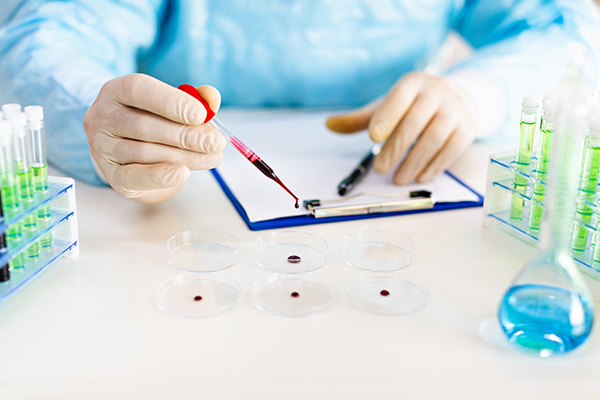
Researchers from the Universidad Internacional Iberoamericana (International Iberoamerican University, UNIB), Dr. Santos Gracia Villar and Dr. Luis Alonso Dzul, are participating in a study that develops clinical phenotypes to identify high-risk patients in prehospital care.
Emergency medical services (EMS) play a crucial role in the management of acute life-threatening illnesses. EMS physicians must make quick and accurate decisions in critical and dynamic situations. However, quickly identifying high-risk patients is a challenge in prehospital care. For this reason, strategies are being implemented to improve the timely recognition of these patients, such as the use of scores, biomarkers, blood tests, risk models, phenotypes, among others.
Blood testing at the scene of the incident is one of the most effective strategies to detect hidden high-risk conditions in patients who do not have an acute, obviously life-threatening illness. It helps detect conditions such as electrolyte imbalances, metabolic and endocrine diseases, respiratory failure, anemia or renal failure. For this, point-of-care testing (POCT) is used to obtain rapid blood test results, venous or arterial blood gas levels, renal profile, glucose, hemoglobin, among others. POCTs are usually only available in hospitals, however, they now also help to support the decision-making process at the scene of an incident.
In pre-hospital critical care, early warning scores, risk scales and predictive models are frequently used to detect time-dependent illnesses and their short- and long-term prognoses. Also, the use of phenotypes in hospitals to identify specific pathophysiological conditions is increasingly common. Phenotype refers to the set of observable morphological and physiological features of a person, the study of which is essential to understand the different ways in which a disease can present itself. However, studies and research on its use in prehospital care are very scarce.
In this context, the aim of the study was to develop clinical phenotypes based on vital signs and biomarkers collected by EMS physicians during initial emergency care in patients with acute life-threatening illnesses. The analysis was based on data from 7909 male and female patients aged 51 to 80 years.
Using unsupervised machine learning, three distinct clinical phenotypes, termed alpha, beta, and gamma, were identified and associated with different levels of illness severity. The alpha phenotype is characterized by severe heart disease and other conditions associated with high short- and long-term morbidity and mortality. In addition, patients with these conditions showed marked dependence on life-sustaining interventions at the scene. Beta phenotype conditions were highly heterogeneous. Patients were characterized by improved acid-base balance, increased blood oxygenation, mild hyperlactacidemia, and mild hyperglycemia. Finally, the gamma phenotype included a priori less severe diseases or nonspecific conditions; patients presented results within the ranges considered normal.
Phenotyping, i.e., the classification of patients into different groups based on clinical characteristics and biomarkers, is becoming increasingly common in clinical practice. This methodology is already used in diseases such as sepsis, chronic obstructive pulmonary disease and heart failure. However, its application in the prehospital setting is still in its infancy. Therefore, further research is recommended, as this methodology has important implications for emergency triage and prehospital critical care.
If you want to know more about this study, click here.
To read more research, consult the UNIB repository.
The Universidad Internacional Iberoamericana (UNIB) offers several master's degree programs in different areas. If you want to know more about them, click on the following link.